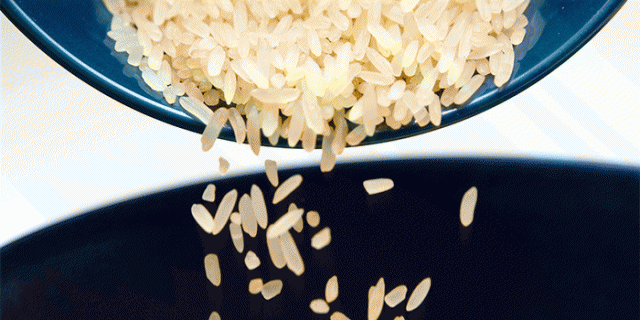A new European standard method to determine the content of inorganic arsenic in foodstuffs has been developed at the National Food Institute, Technical University of Denmark.
Inorganic arsenic is carcinogenic according to the World Health Organization, WHO.
Being able to accurately measure the substance in different foods is necessary to ensure that the content is below the maximum levels recently set by the European Commission to protect consumers.
Inorganic arsenic is a substance which occurs naturally in soil, water and certain foods.
Rice and rice-based products are the main sources in the Danish diet.
Inorganic arsenic is carcinogenic according to the WHO and in 2009 the European Food Safety Authority, EFSA, assessed that the substance is toxic at lower doses than previously evaluated.
EU maximum levels for inorganic arsenic in rice and rice-based products were set in 2015.
An EU recommendation was issued the same year to all member states to increase the monitoring of inorganic arsenic in foodstuffs in order to improve the dataset on which risk assessments of the intake are based.
Determining harmful inorganic arsenic
In a project under the European Committee for Standardization, CEN, a group of researchers from the National Food Institute have developed a new analytical method to specifically determine the content of inorganic arsenic in foods.
Previous methods measured foodstuffs’ content of total arsenic.
However, errors in the assessments would often occur if this data is used to assess the risk from consuming inorganic arsenic from different foods.
The new method has been tested and verified by 15 European and American laboratories and has now been approved as the European analytical standard for measuring inorganic arsenic in foods.
Collecting new European data
EFSA continuously collects data from the EU member states about the content of chemical contaminants in foods – including inorganic arsenic.
As the member states begin to report results from samples that have been analyzed using the new standard, EFSA will be able to create a more accurate picture of the actual contents of inorganic arsenic in Europe’s food. This knowledge can then be used to strengthen EFSA’s risk assessments in this area.
The new CEN standard (EN16802:2016) is available through the national standardization bodies in the EU member states.
Article by Miriam Meister, Technical University of Denmark










